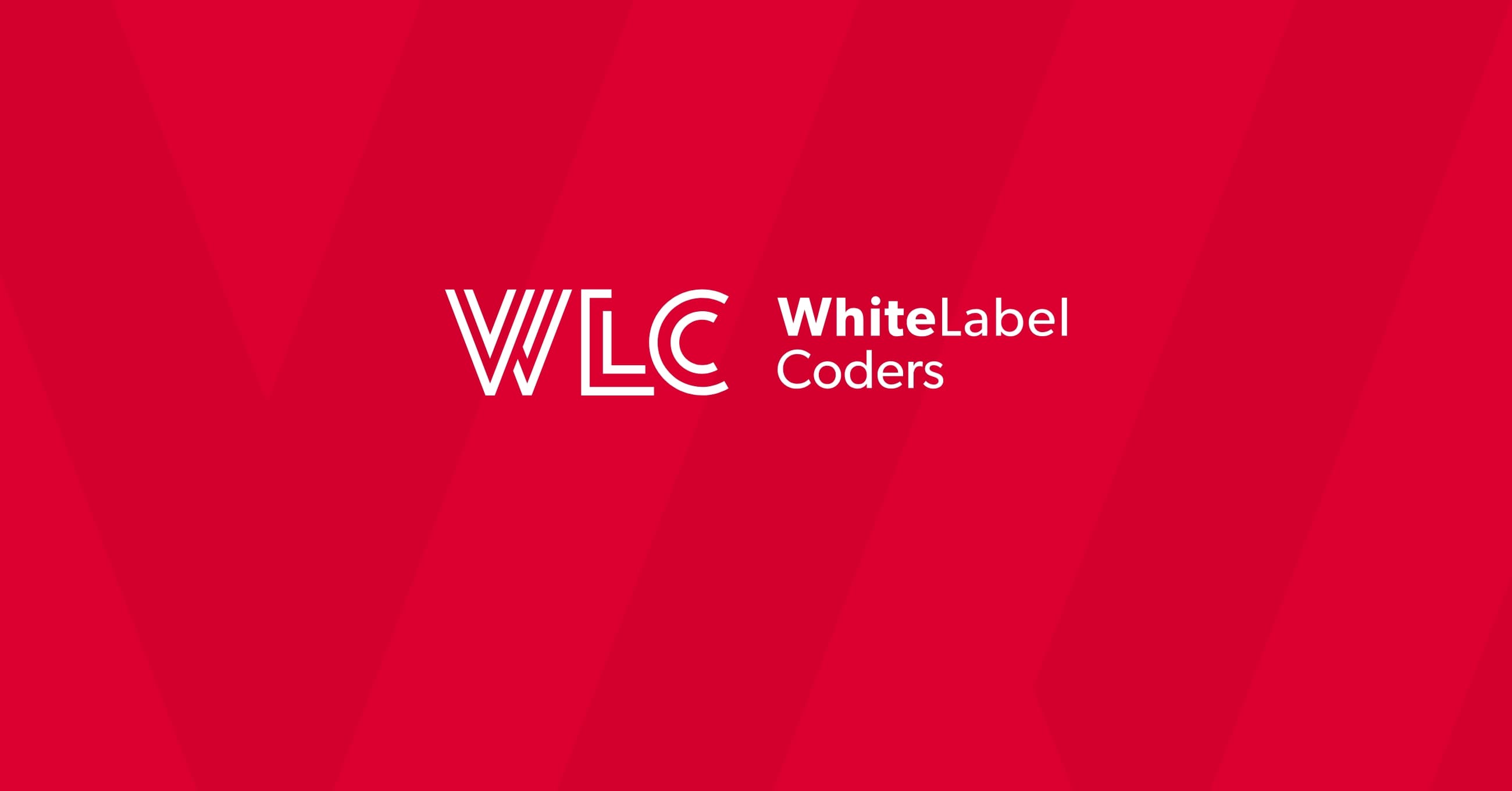Category: WooCommerce
How much does WooCommerce maintenance cost?

WooCommerce maintenance typically costs between £30-£200 per month, depending on the size and complexity of your online store. Basic maintenance packages starting around £30-£50 monthly cover essential updates and security monitoring, while comprehensive plans ranging from £100-£200+ include performance optimization, technical support, SEO monitoring, and regular backups. For enterprise-level WooCommerce stores with complex functionality and high traffic volumes, custom maintenance packages may exceed £300 monthly but provide the dedicated attention these sophisticated ecommerce operations require.
Understanding WooCommerce maintenance: What services are included?
WooCommerce maintenance encompasses a suite of essential services designed to keep your online store secure, performant, and optimally functional. Core maintenance typically includes regular updates to WordPress core, WooCommerce plugin, and all associated themes and extensions—a crucial security measure that prevents vulnerability exploitation.
Beyond updates, comprehensive maintenance packages include:
- Security monitoring and malware scanning to detect and prevent unauthorized access
- Regular database optimization to maintain site speed and performance
- Backup management ensuring your store data is safely stored and recoverable
- Compatibility testing when implementing updates to prevent functionality breaks
- Technical support for troubleshooting and resolving issues as they arise
For ecommerce businesses, regular maintenance isn’t optional—it’s a fundamental operational necessity. An unmaintained WooCommerce store becomes increasingly vulnerable to security breaches, performance degradation, and compatibility issues that can directly impact sales and customer trust. Just as a physical shop requires regular cleaning and upkeep, your digital storefront demands consistent technical attention to perform at its best.
Many store owners underestimate the technical complexity involved in proper WooCommerce development maintenance, which extends far beyond occasional updates to include proactive monitoring, optimization, and preventative measures that protect your business continuity.
What factors affect the cost of WooCommerce maintenance?
The price of WooCommerce maintenance services varies significantly based on several key factors related to your store’s complexity and requirements. Understanding these variables helps explain the wide range in pricing you may encounter when seeking maintenance services.
| Cost Factor | Impact on Pricing |
|---|---|
| Store Size & Complexity | Larger stores with thousands of products require more resources to maintain than small shops with limited inventory |
| Custom Functionality | Bespoke features and custom code demand specialized maintenance knowledge and more extensive testing |
| Transaction Volume | High-traffic stores processing numerous orders daily need more robust performance monitoring and optimization |
| Plugin Quantity | Each additional plugin increases maintenance complexity, testing requirements, and potential compatibility issues |
| Third-Party Integrations | Connected services like payment gateways, shipping calculators, or ERP systems require additional maintenance attention |
The technical architecture of your WooCommerce store significantly influences maintenance costs. Stores built with standard themes and minimal customization typically cost less to maintain than those with extensive custom development work or complex integrations with external systems.
Additionally, the desired maintenance frequency impacts pricing. While quarterly maintenance might suffice for some small businesses, others require weekly or even daily attention depending on update frequency and business criticality. The level of support access—whether you need 24/7 emergency assistance or standard business hours coverage—also factors into the overall maintenance cost equation.
How much do professional WooCommerce maintenance services typically cost?
Professional WooCommerce maintenance packages typically follow a tiered pricing structure, with costs ranging from £30 to £300+ monthly depending on service comprehensiveness and store requirements. Understanding these tiers helps businesses budget appropriately for their maintenance needs.
| Service Tier | Typical Monthly Cost | Services Included |
|---|---|---|
| Basic Maintenance | £30-£50 | Core WordPress & WooCommerce updates, basic security monitoring, monthly backups |
| Standard Maintenance | £75-£125 | All basic services plus theme/plugin updates, weekly backups, performance monitoring, basic technical support |
| Premium Maintenance | £150-£250 | All standard services plus advanced security, daily backups, proactive optimization, priority support, uptime monitoring |
| Enterprise Maintenance | £300+ | Comprehensive maintenance with dedicated support, custom development hours, advanced performance optimization, and emergency response |
The investment in professional maintenance typically scales with your business growth and online revenue. For small shops processing just a few orders daily, basic packages often provide sufficient coverage. However, as transaction volumes increase and your store becomes mission-critical to your business, the value proposition of premium maintenance becomes much clearer.
Many agencies also offer customized maintenance plans that allow you to select specific services based on your particular needs. Some provide discounted rates for annual commitments versus month-to-month contracts, creating potential cost savings for businesses willing to commit to longer-term relationships.
Remember that these costs should be viewed as an investment rather than an expense—proper maintenance prevents costly emergency fixes and potential revenue losses that far exceed the monthly maintenance fees.
What are the risks of skipping regular WooCommerce maintenance?
Neglecting WooCommerce maintenance exposes your business to substantial risks that can impact everything from customer experience to data security. Understanding these consequences helps illustrate why ongoing maintenance isn’t optional for serious online retailers.
The most immediate risk is security vulnerability. Unmaintained stores become prime targets for hackers seeking to exploit known weaknesses in outdated software. These breaches can result in customer data theft, malware injection, or complete site takeovers—all devastating scenarios for your business reputation and potentially triggering legal liabilities under data protection regulations.
Beyond security, performance degradation occurs naturally over time as databases grow bloated, caching becomes ineffective, and server resources get consumed inefficiently. This leads to:
- Slower page load times that frustrate customers
- Higher cart abandonment rates as checkout processes become sluggish
- Reduced search engine rankings as performance metrics suffer
- Increased server costs due to inefficient resource usage
Technical debt accumulates when maintenance is deferred, making eventual updates more complex and expensive. Minor issues that could have been easily addressed grow into major problems requiring extensive development work to resolve.
Perhaps most concerning is the risk of unexpected downtime during peak sales periods. Without regular maintenance, your store becomes increasingly fragile and prone to failures precisely when you need reliability most. For many businesses, even a few hours of downtime during busy shopping periods can represent thousands in lost revenue and damaged customer relationships that took years to build.
While the monthly cost of WooCommerce development maintenance may seem significant, it pales in comparison to the potential financial impact of these preventable issues.
Is it better to handle WooCommerce maintenance in-house or outsource it?
The decision between managing WooCommerce maintenance internally versus hiring external specialists depends on your business resources, technical capabilities, and priorities. Both approaches offer distinct advantages and limitations worth considering carefully.
In-house maintenance gives you complete control over when and how updates are implemented, allowing for immediate responses to issues as they arise. This approach works well if you already have team members with strong WordPress and WooCommerce technical skills who can dedicate regular time to maintenance tasks.
However, the DIY approach comes with significant challenges:
- Requires consistent technical knowledge across multiple disciplines (security, performance, WordPress core)
- Demands ongoing education to stay current with evolving best practices
- Takes valuable time away from core business activities
- May lack emergency support during critical failures
- Often results in reactive rather than proactive maintenance
Outsourcing to professional services provides access to specialized expertise and established maintenance protocols. Dedicated WooCommerce specialists bring comprehensive knowledge of potential issues, optimization techniques, and security best practices that would take years for an in-house team to develop independently.
The economics often favor outsourcing when you calculate the true cost of internal maintenance, including staff time, training, tools, and opportunity costs. A qualified maintenance partner can typically complete routine tasks more efficiently while providing valuable guidance on store improvements.
Many businesses find a hybrid approach works best—handling simple content updates internally while relying on technical partners for complex maintenance tasks, security management, and emergency support when needed.
Key takeaways: Making the right WooCommerce maintenance decision for your business
When evaluating WooCommerce maintenance options for your business, prioritize finding the right balance between cost, coverage, and capability. The optimal approach aligns maintenance investment with your store’s revenue impact and business criticality.
For growing ecommerce operations, professional maintenance offers compelling value proposition through risk reduction, performance optimization, and peace of mind. The monthly investment provides insurance against costly downtime while freeing your team to focus on strategic business activities rather than technical troubleshooting.
When selecting a maintenance partner, look beyond basic pricing to evaluate:
- Their specific WooCommerce expertise and development capabilities
- Transparency in service descriptions and deliverables
- Response time guarantees for various issue severities
- Proactive monitoring and reporting practices
- Backup and recovery procedures
- Communication style and accessibility
Remember that maintenance needs evolve as your store grows. The appropriate level of service for a new store with modest traffic differs substantially from an established ecommerce operation processing hundreds of daily transactions. Regularly reassess your maintenance requirements as your business expands.
Consider starting with a thorough technical audit of your current store to identify existing issues, security vulnerabilities, and performance bottlenecks. This assessment provides valuable baseline data for developing a targeted maintenance strategy addressing your specific needs rather than generic solutions.
Ultimately, effective WooCommerce development maintenance isn’t merely about keeping technology functioning—it’s about creating a reliable foundation for business growth and customer satisfaction. By approaching maintenance as a strategic investment rather than an IT expense, you position your ecommerce operation for sustainable success in an increasingly competitive digital marketplace.

